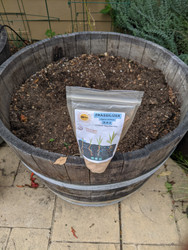Restoring Potting Soil - Tips and an Experiment
Posted by Michael Campbell on Nov 20th 2024
After the Fall Harvest, a lot of gardeners prepare their soil for the winter season. The University of California Master Gardeners agree – their Tip for November:
“When the plants are done in the containers, you can refresh the container soil without throwing it away. Start by loosening the soil and removing the plant parts. Then, add additional potting mix and some compost. The fresh material will add nutrients and organic matter for the next round of planting. Do not reuse the container soil if there have been problems with disease, insects, or weeds. Pathogens, insect eggs, and weed seeds can remain in the soil even after a plant is removed.”
Container gardeners have fewer options since it’s harder for traditional soil microbes and insects to get into the containers and “do their thing.” According to the experts at Oklahoma State University, you can re-use potting soil as long as you improve its porosity and fertility. Some gardeners toss their depleted soil into the compost bin to let it rebuild nutrients for the next season. That works – compost is great and we love it. But, there’s another way – add insect frass as the organic matter instead. Adding Frassilizer™ to your soil provides that organic matter, at higher nitrogen levels than most amendments or compost AND it includes a lot of beneficial microbes.
For moderate nitrogen veggies like beets, carrots, broccoli, or tomatoes adding 6 ounces of Frassilizer to a large container (e.g. a 2-3’ wide grow bag or half wine barrel) would be just the right amount. If you’ve been growing potatoes in bags, you might need twice that amount.
We just started running an experiment in some containers with well used potting soil. We based our tests on the formula suggested by Savvy Gardening. Each of these containers has potting soil that is at least 1 year old and is just coming off a season growing tomatoes or peppers.
In Container A, we put in 2 parts old soil with 1 part compost (Organic Dietsel Structured Compost) and 2 lbs of the 5-4-2 Bio-Live natural fertilizer. This is our control condition.
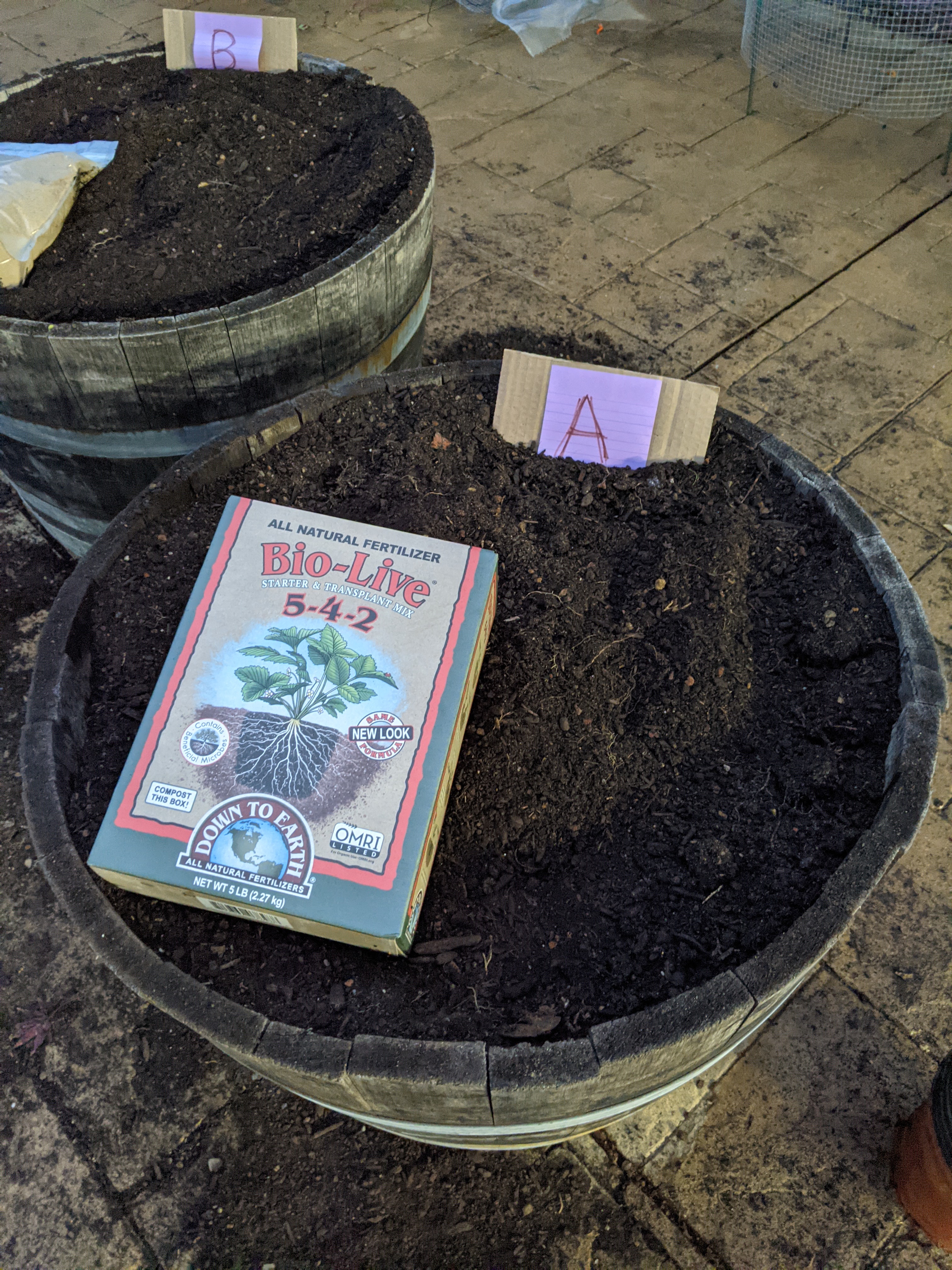
In Container B, we put in 2 parts old soil with 1 part compost and 2 lbs of our very own of 3-4-2 Frassilizer.
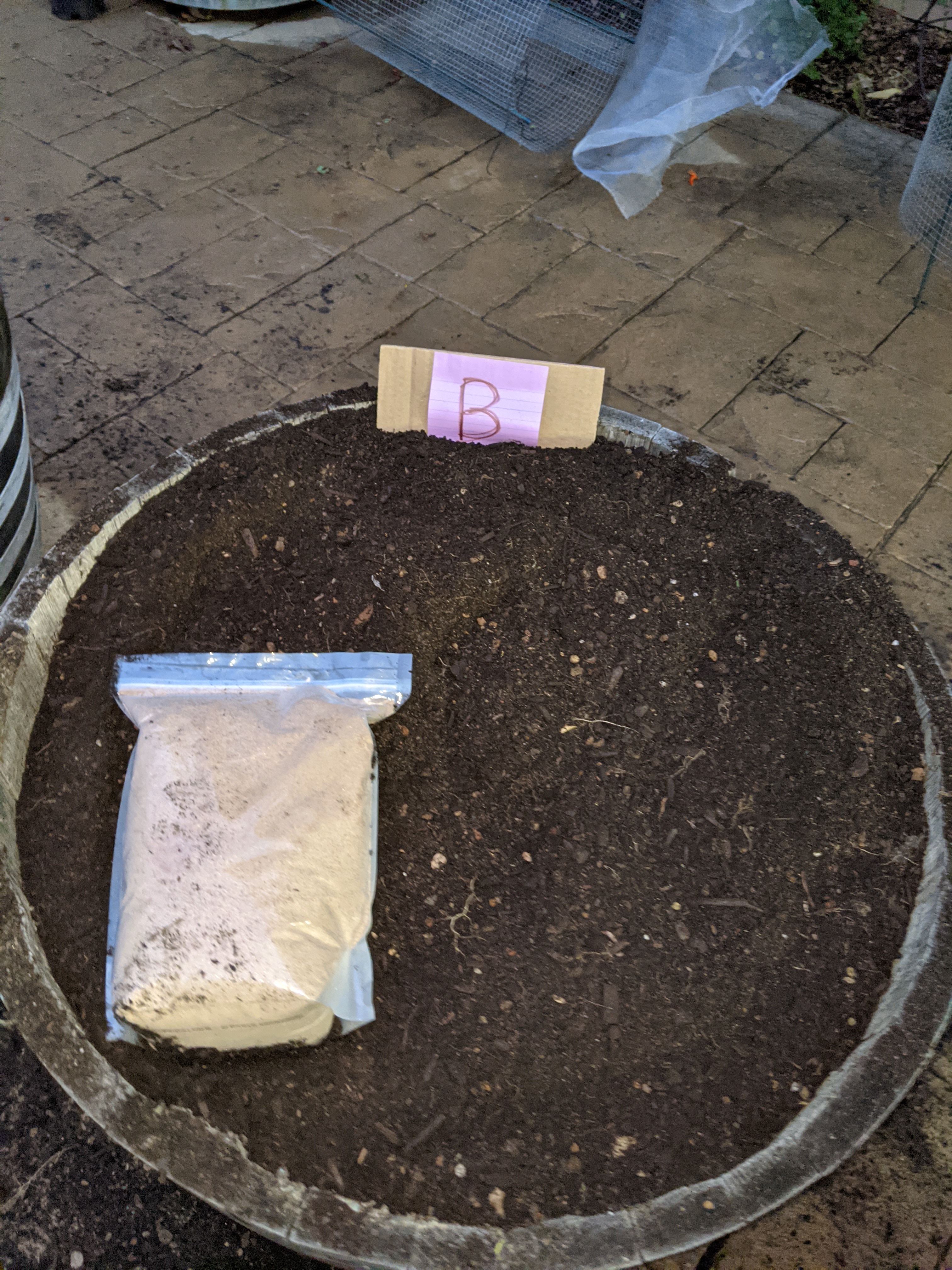
In Container C, we put in 2 parts old soil with 1 part Frassilizer - acting as both the organic matter and the fertilizer.
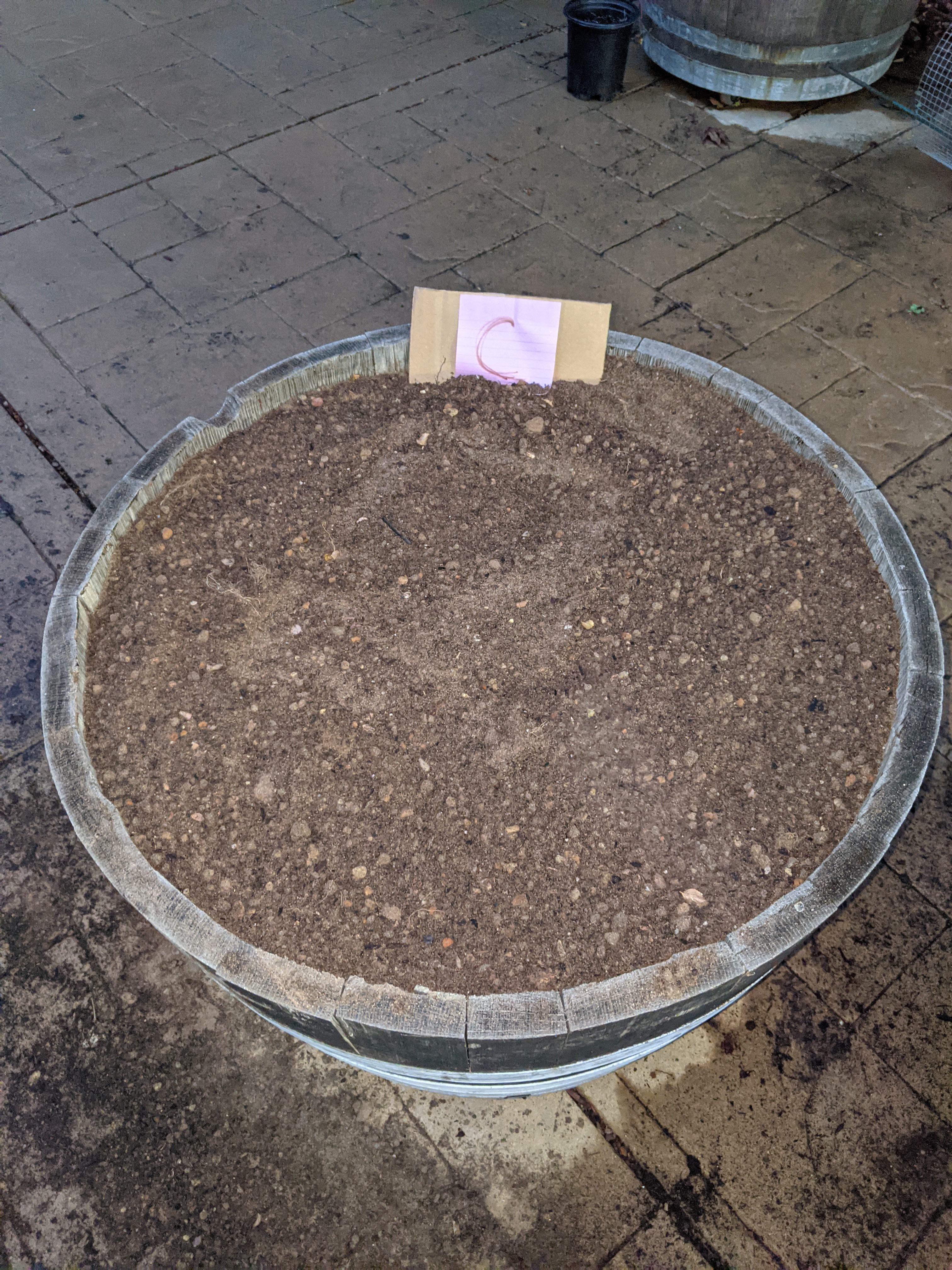
In each container, we planted 5 leafy green starters -- 1 radicchio, 2 Swiss chard, and 2 butter lettuce. We're curious to see how each mix performs from a growth rate, taste, and pest perspective. On the pest side, we can see if the crab & shrimp meal in the Bio-Lite does better than the chitin from the mealworm frass. We've encircled the plants with wire mesh to protect them from larger critters that frequent us - deer, squirrels, racoons, rats, etc.
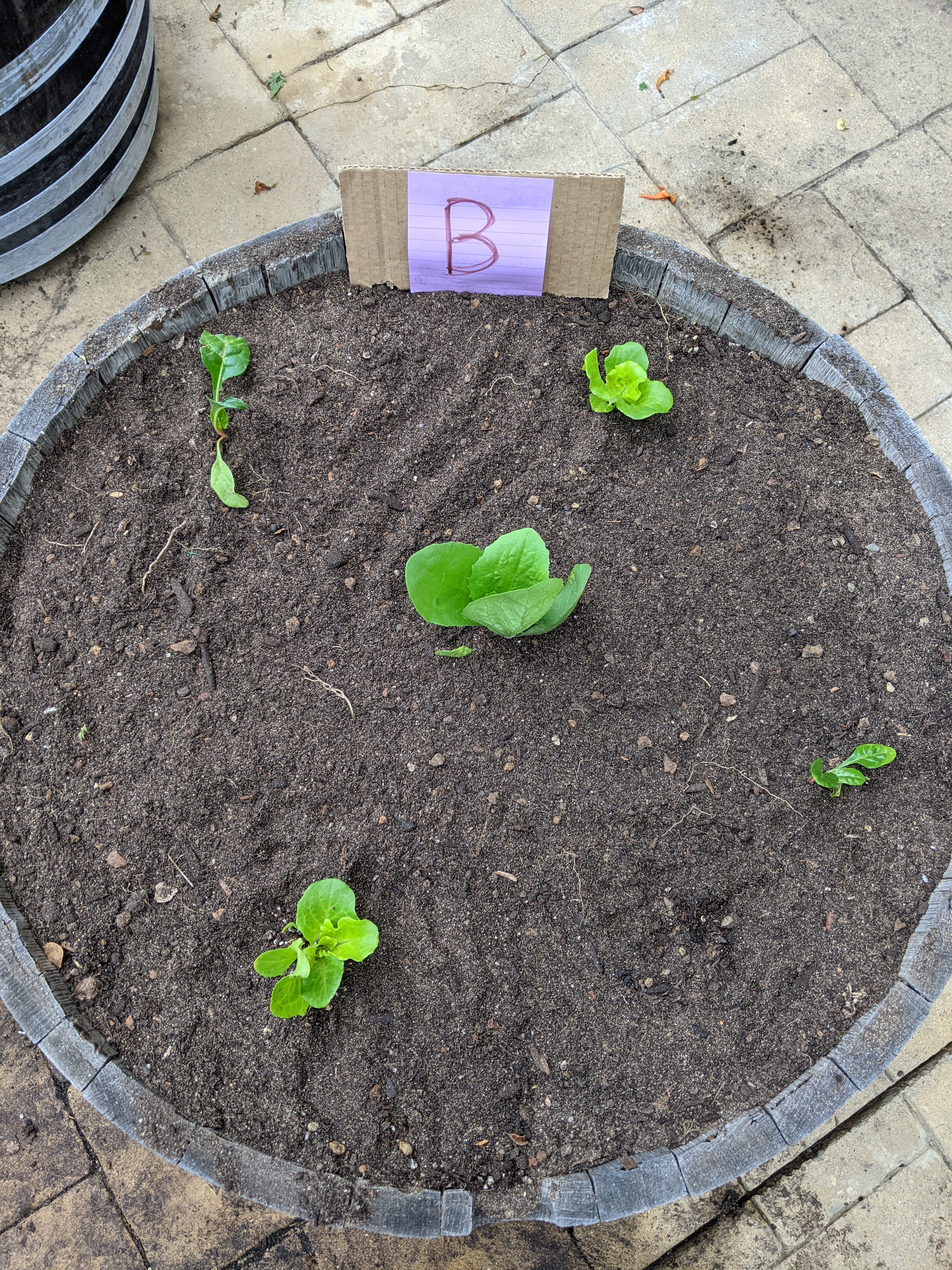
Follow us on social media to see how this experiment unfolds or check back here in late December or January.
If you have an idea for a frass experiment of your own, let us know and we’d be happy to send you free Frassilizer (up to 10 lbs) if you are willing to document and share your experiment results with us and our community.
Here are a few additional resources where you can learn about refreshing your potting soil:

